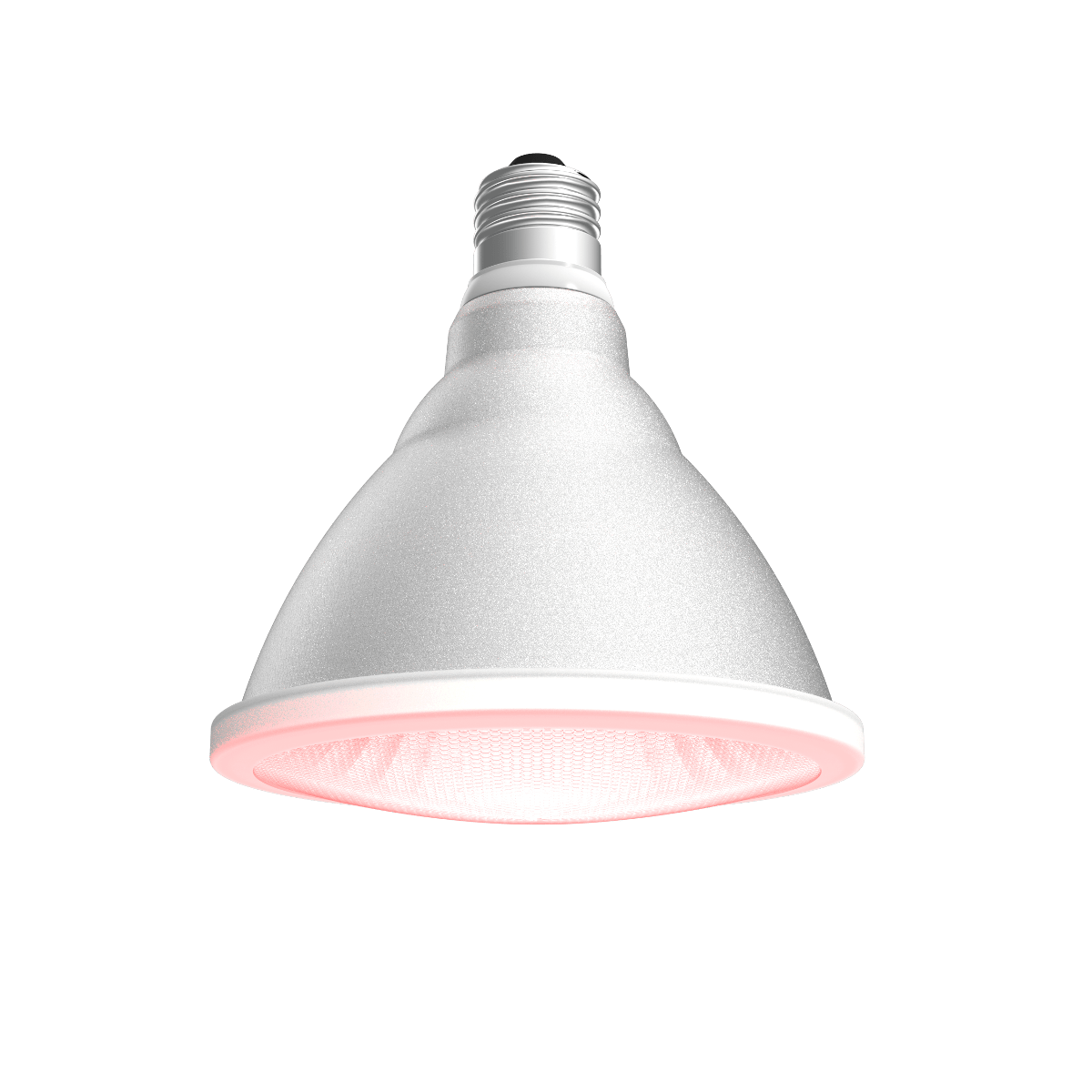end_of_the_tunnel
Well-Known Member
Transition to flower, and shaving off time to harvest. Good stuff and a reason for wanting to see and add Fr to our lights.
But asking ourselves what amount of Fr is optimal, as part of an always-on flower spectrum, can be lead to subjective answers. As a collective, we are inspired by visual cues. Environment can vary from grower to grower, and so can bias.
That EB 2700K 90CRI strip undoubtedly will give pleasing results that will satisfy. But looking at Fr %'s is at the peril of ignoring the overall ratios.
Maybe there are other fruitful combinations. What about EB3 4000K 90CRI? It still has higher R/Fr component than the equivalent 80 CRI.
There is so much room for different lights to produce acceptable growth. But if this guy was here today and came and asked what led he should try, as a replacement for his cfl's? Where would we nudge him? Towards the EB 2700 90cri, or perhaps towards the EB 4000 90CRI with a smidgen of 630/660/730? He has height constraints.
But asking ourselves what amount of Fr is optimal, as part of an always-on flower spectrum, can be lead to subjective answers. As a collective, we are inspired by visual cues. Environment can vary from grower to grower, and so can bias.
That EB 2700K 90CRI strip undoubtedly will give pleasing results that will satisfy. But looking at Fr %'s is at the peril of ignoring the overall ratios.
Maybe there are other fruitful combinations. What about EB3 4000K 90CRI? It still has higher R/Fr component than the equivalent 80 CRI.
There is so much room for different lights to produce acceptable growth. But if this guy was here today and came and asked what led he should try, as a replacement for his cfl's? Where would we nudge him? Towards the EB 2700 90cri, or perhaps towards the EB 4000 90CRI with a smidgen of 630/660/730? He has height constraints.
**Inside DrBud's Lab every 48 hours W/Pics**
Well ladies and Gentelmen..... It seems several of you are "Concerned" with my Yield/Output. Since I grow under CFL's many think Noob.... Well those who have met me will tell you "Far from It". Now here we go today we will embark on a lil' Journey... We will follow the progress of these 6...
www.icmag.com


